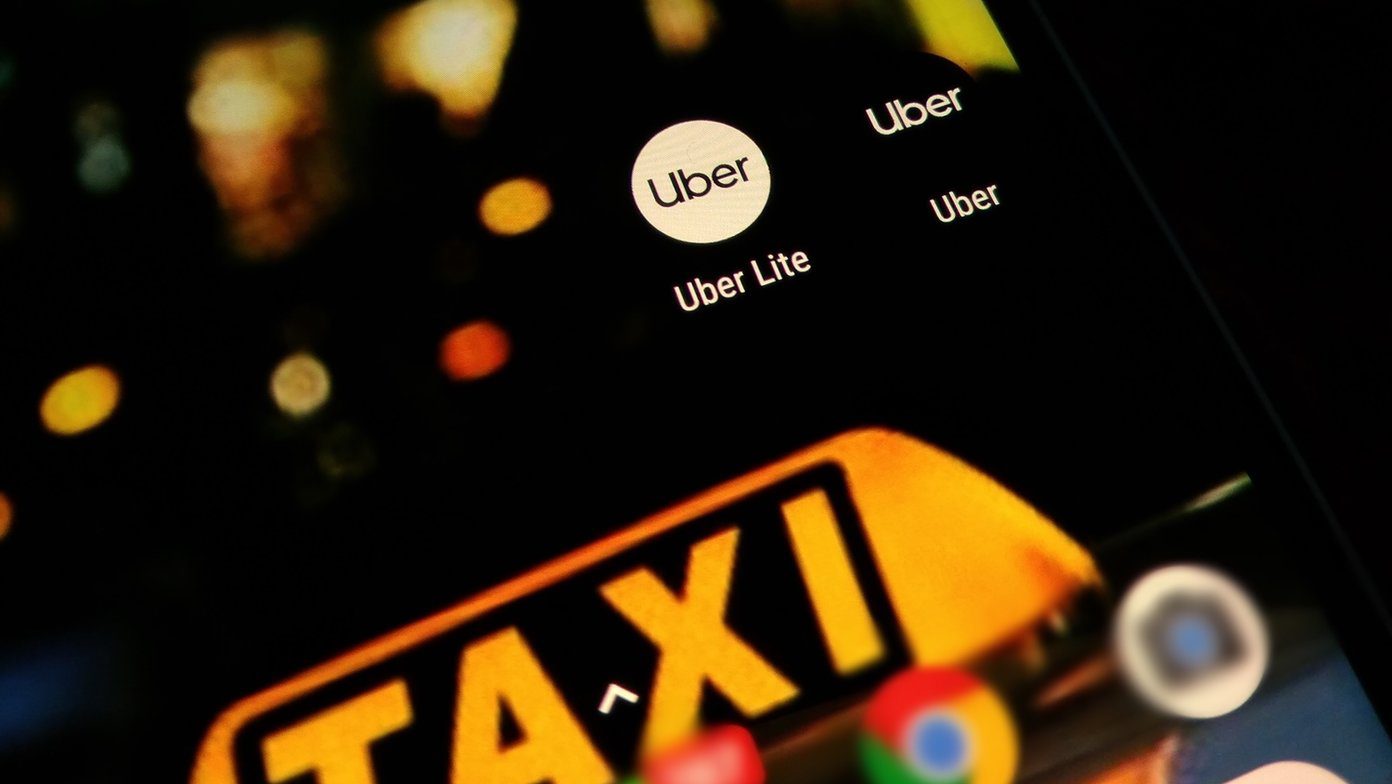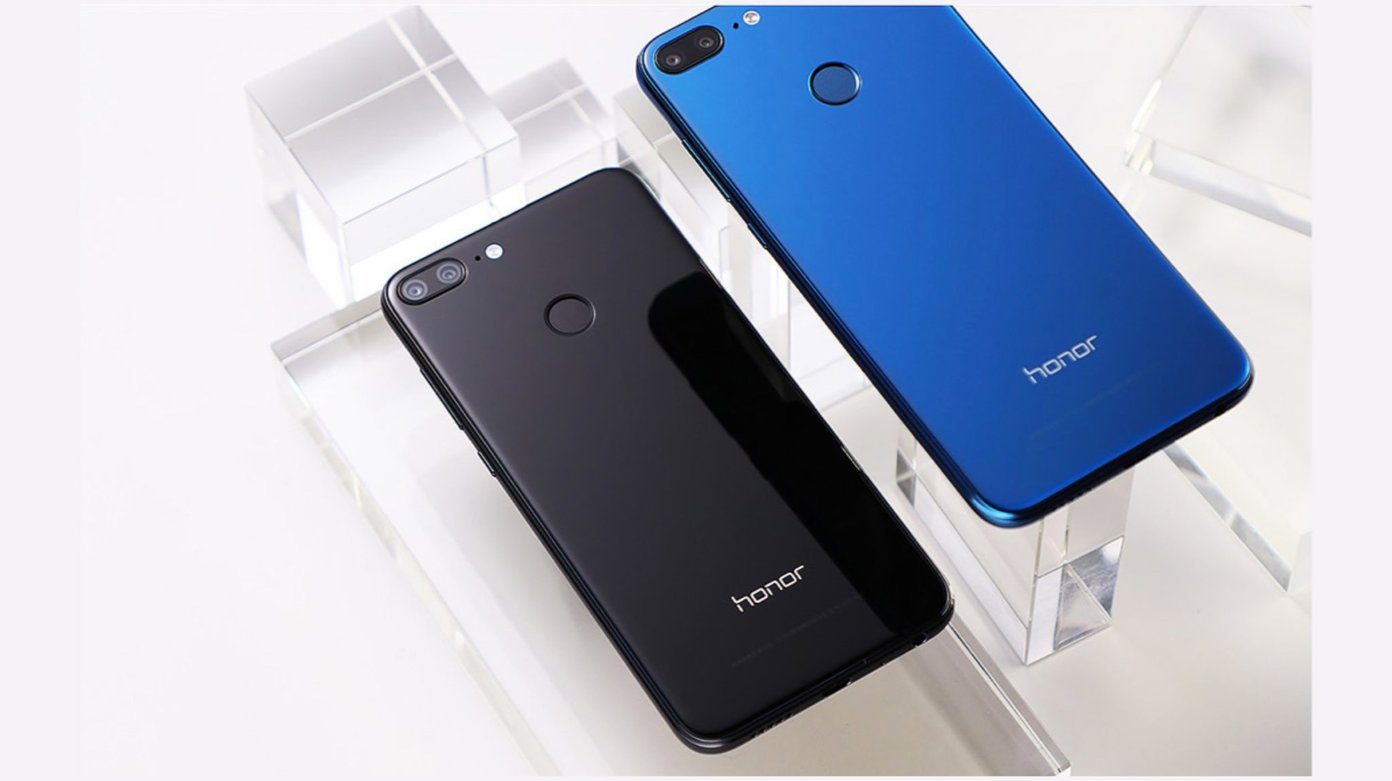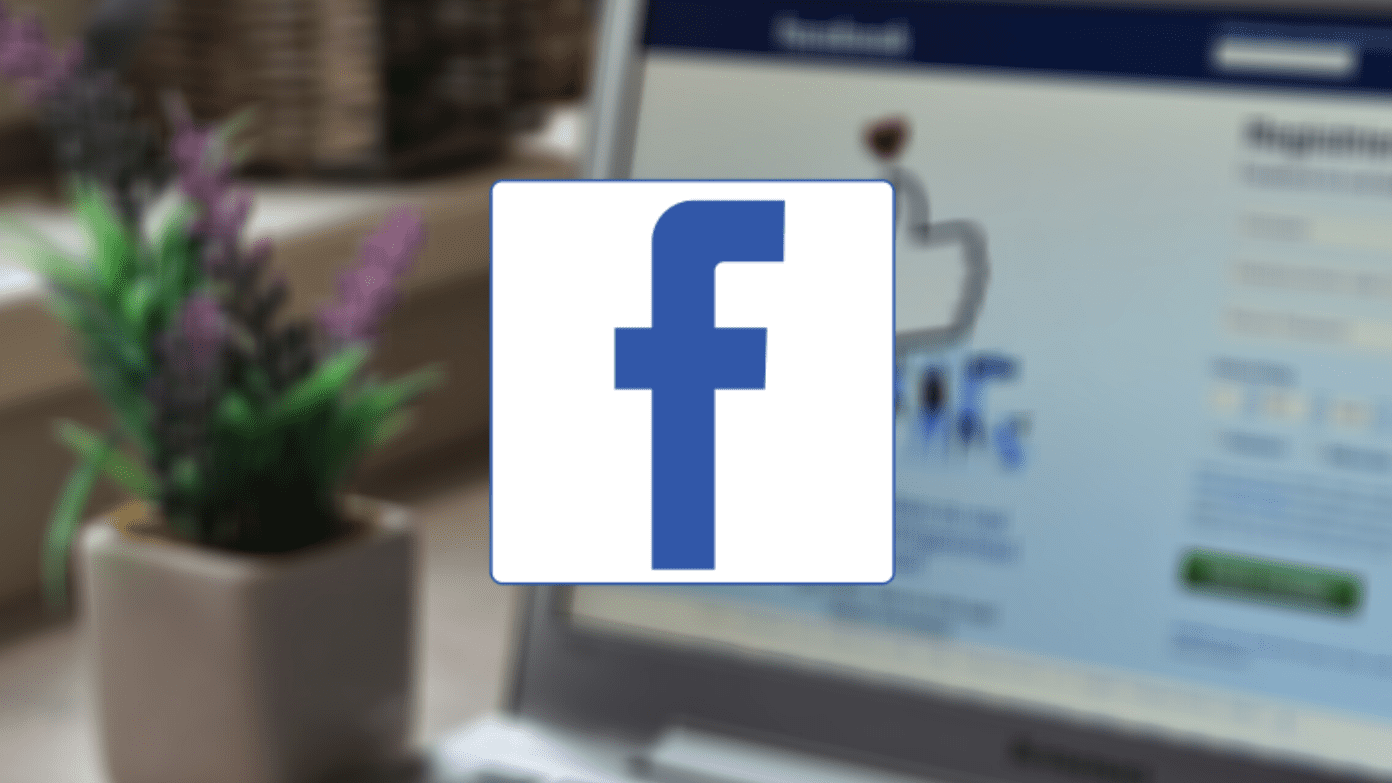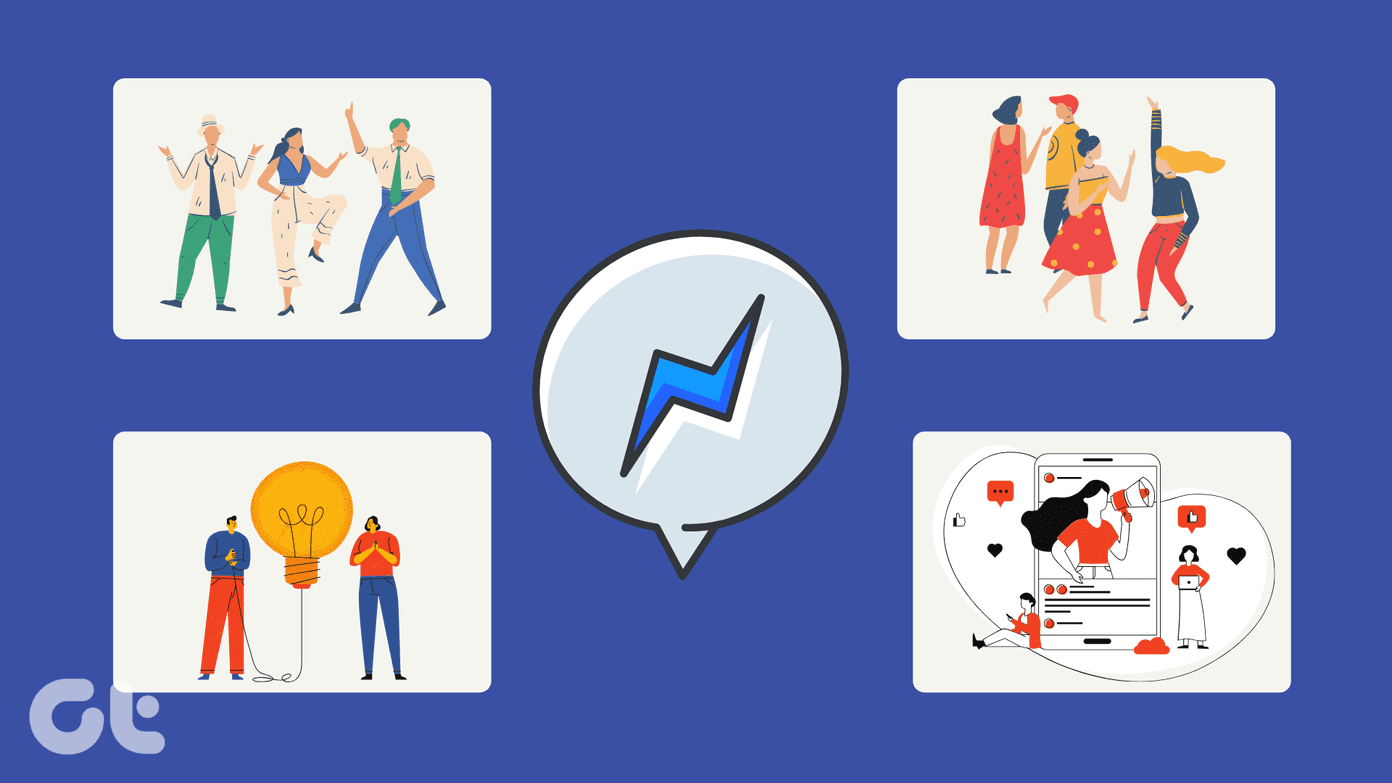Overall ‘lite’ versions of apps are gaining popularity in app stores. In recent times, I’ve moved from the sluggish Facebook Messenger app to the lighter Messenger Lite app. I also gave a shot to the Skype Lite app over the regular Skype app. Hence, I was curious to check the relatively new LinkedIn Lite app as well. Let’s see what the key differences are between LinkedIn and LinkedIn Lite.
1. Storage Memory Consumption
Our phones become slow over a period of time thanks to storage-hogging apps. This is where the lite versions of app come in super handy. The LinkedIn Lite app is just about 3MB while the main LinkedIn app is about 98MB in size. Even though the LinkedIn Lite is a lighter, it includes all the key features present in the main LinkedIn app such as the news feed, profile, messaging service, and notifications. The app is aimed at the emerging markets with less powerful devices and slower data connections. LinkedIn claims that the Lite app reduces data usage by 80%. I used both the apps for about the same time and noticed the difference in data consumption. The LinkedIn app burned about 57MB of data due to the feature-rich user interface (UI) and design. Meanwhile, the LinkedIn Lite app used just about 14MB of data.
2. User Interface and Overall Design
The LinkedIn Lite app continues to sport the blue-and-white theme present in the main app. However, the user interface (UI) has lighter color themes and fewer sections than the original app. The Home, Jobs, Network, and Profile buttons are present at the bottom. The Message and the Bell icons are present at the top-right corner while a search bar sits at the center. In case of the main LinkedIn app, all the action happens at the top. Buttons for Home, Network, Messages, Notifications, and Jobs are present at the top and can be opened by simply tapping on them. There is a button on the right side for creating a new post. Although the Lite app has no separate create button, you can directly start writing a post on the home page itself. The main LinkedIn app lets you search for people, jobs, companies with the help of several filters such as Locations, Connections, Industries, and so on. The Lite app does not come with these filters and you will have to manually search for them. The profile section of the main Linkedin app has a large profile photo. There’s also a dashboard that has more insights about your profile. In case of the Lite app, the profile section, which shows a basic low-resolution profile photo and the insights in a simple way without the additional graphics.
3. Features and Performance
In case of Facebook Messenger or Skype, both the apps bogged down with features and unnecessary add-ons that were hardly ever used. However, the LinkedIn app is pretty neat that way. It comes with a few graphics-intensive elements like a richer profile photo, search filters, and more. The app is not sluggish and very responsive as well. LinkedIn also claims that the Lite app is optimized for slower connections with pages loading within five seconds even on a 2G network. I tried navigating the app using a 2G network and was really surprised to see that the app works exactly the same as it does on an LTE network. The page-loading speed is quick and switching from one tab to another is also smooth. However, being a Lite app, the quality of images is low and it uses simpler fonts. You can still hit like, comment, and share on posts. Messaging using the Lite app worked faster than it did with the main LinkedIn app.
Who is the LinkedIn Lite App for?
LinkedIn Lite app is built to run smoothly even on lower-end smartphones that have a poor or unstable data connection. It works quite well even on 2G or 3G networks and it’s lighter on your phone and data consumption. The Lite app might not be visually appealing but it is also not made to please the eyes. It works in an almost similar way to the main LinkedIn app and is lighter on your phone as well as data usage. Have you tried the LinkedIn Lite app? The above article may contain affiliate links which help support Guiding Tech. However, it does not affect our editorial integrity. The content remains unbiased and authentic.



















